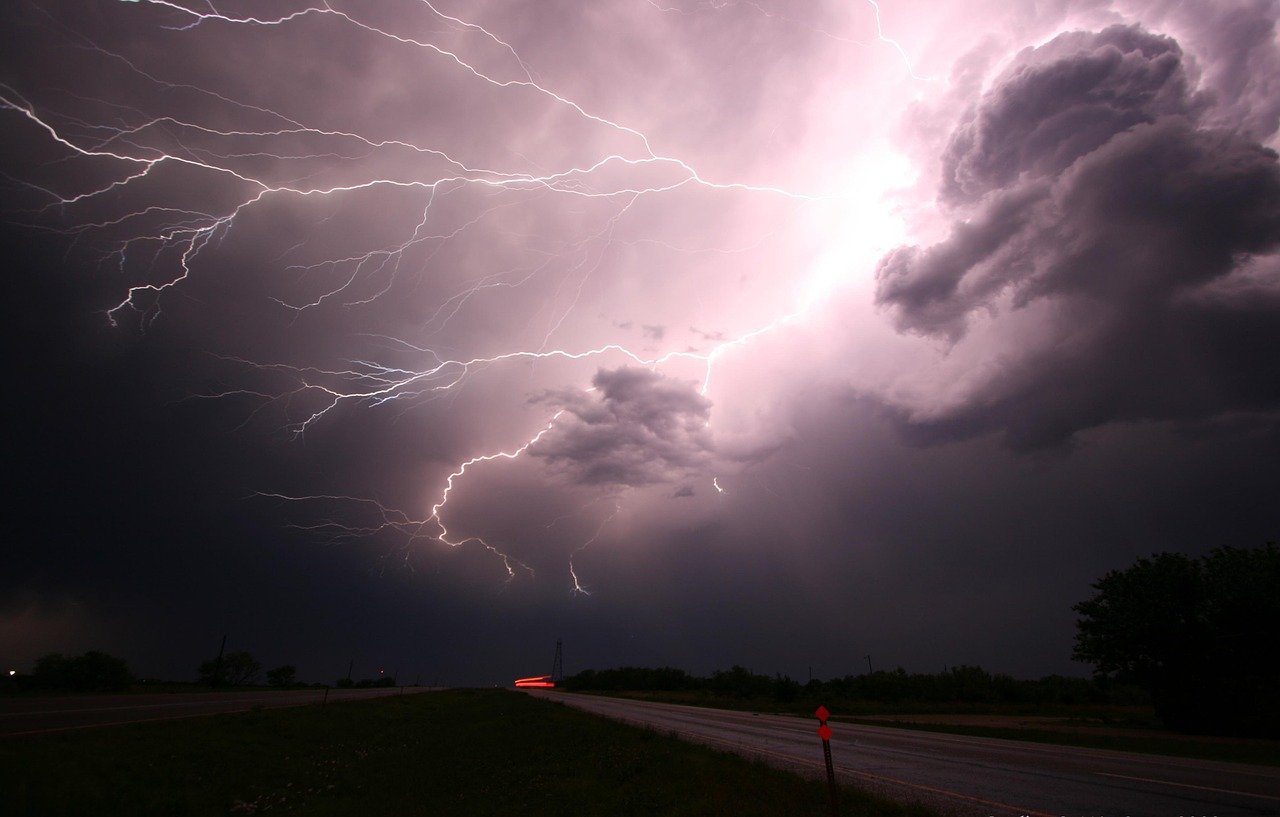In 2020, two lightning bolts set new records: one was the longest ever recorded at 768 kilometers, while the other was the longest lightning bolt ever recorded at 17 seconds.
The world’s longest lightning bolt was measured – in terms of distance and time – from space. These measurements were confirmed by the World Meteorological Organization (WMO).
The length of the lightning bolt in April 2020 in the southern United States was 768 kilometers. This is about the length of the distance from London to Hamburg. This exceeded the previous record set in 2018 in Brazil by 60 kilometers.

Read also
Fantastic beasts
The second thunderbolt occurred in June 2020. It stretched across the Uruguay-Argentina border and lasted 17 seconds, longer than any other flash ever recorded.
“This is important scientific evidence because it improves our understanding of the dynamics of lightning: how, where, and most importantly, why lightning behaves the way it does,” said Randall Cervini, a professor of geography at Arizona State University in the US. .
The flashes were seen in areas with severe thunderstorms, in the Great Plains of North America and the wetland region of the Río de la Plata in South America, respectively. The geography of the regions ensures the creation of relatively large air flows through heat exchange. This allows individual thunderstorms to clump together into massive weather systems that cause intense lightning strikes.
Satellites
The lightning that swept across the southern United States was difficult to measure using conventional terrestrial equipment. Therefore, meteorologists used measuring equipment on geostationary satellites, which have a much wider view.
“We’ve only had this kind of measuring equipment for a few years, and because of that we’ve learned a lot about huge lightning strikes,” Cervini says.
Although the flashes were measured in 2020, the World Meteorological Organization (WMO) has only now confirmed that the lightning bolt has the longest distance and longest duration ever measured.
According to Graeme Marlton, a meteorologist at the Met Office, KNMI in the UK, this was due to a long process of double checking the instruments, comparing observations, and verifying by a panel of experts.
Climate change
It seems that both lightnings were in 2020 indicating that the lightning is getting more and more intense. But the fact that both records were recently broken may also be due to improved scaling capabilities. “Only after several years of recording these extreme events will we be able to assess whether or not they are increasing in frequency,” Marlton says. However, climate change appears to be increasing the frequency of lightning across Earth.
Although the lightning bolts measured did not hit the ground, their length and duration are still an important warning sign about how far lightning can strike, Cervini says. Cervini says that any time you hear thunder, look for a safe place, such as a building or vehicle with a fully enclosed metal roof.

Devoted music ninja. Zombie practitioner. Pop culture aficionado. Webaholic. Communicator. Internet nerd. Certified alcohol maven. Tv buff.

